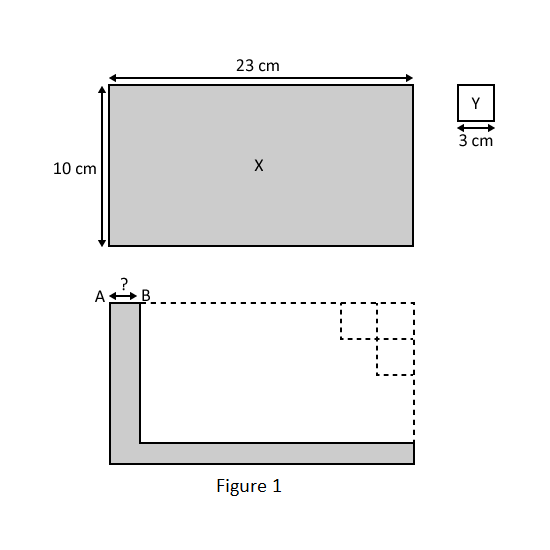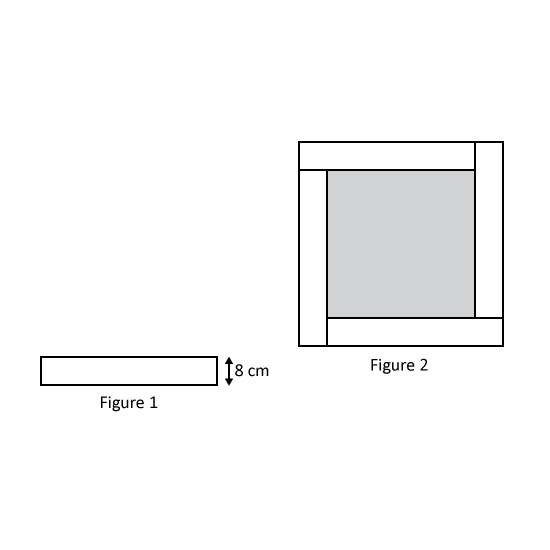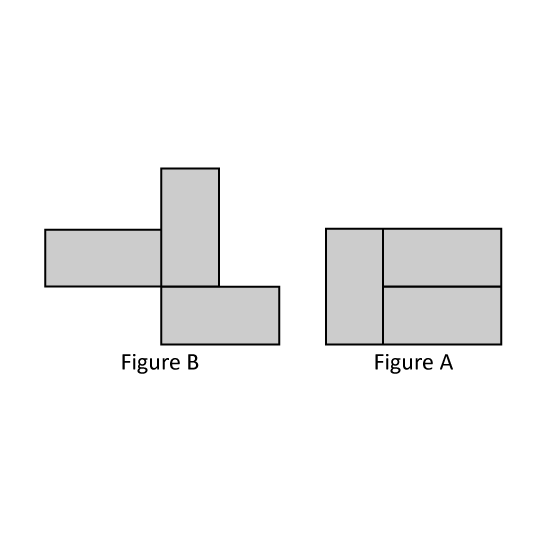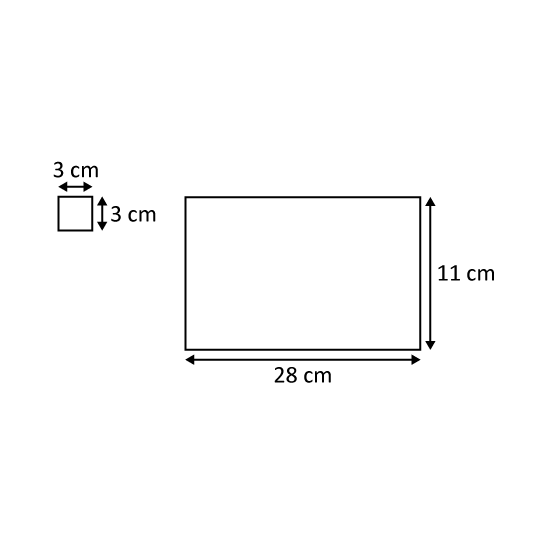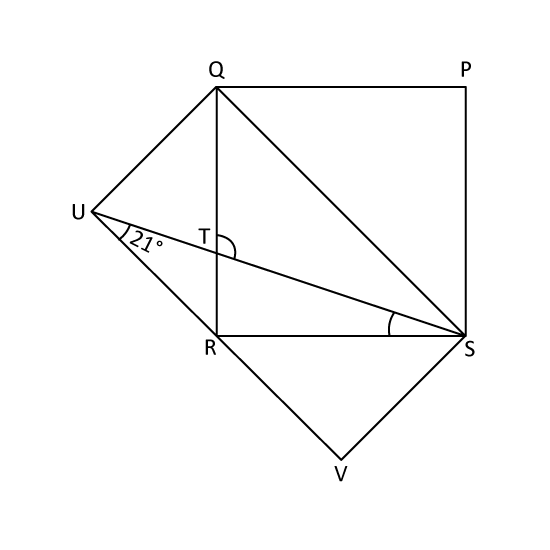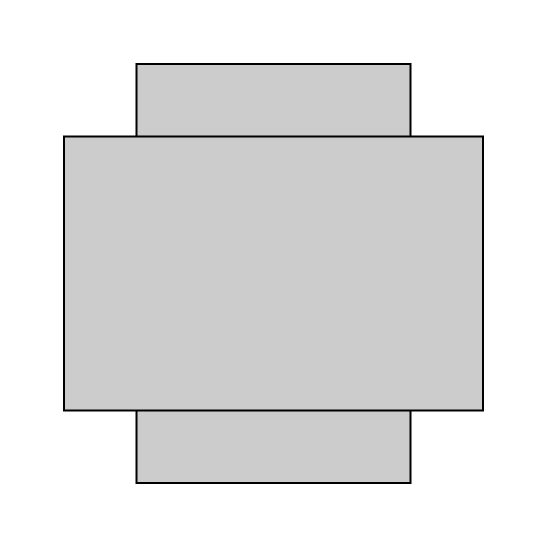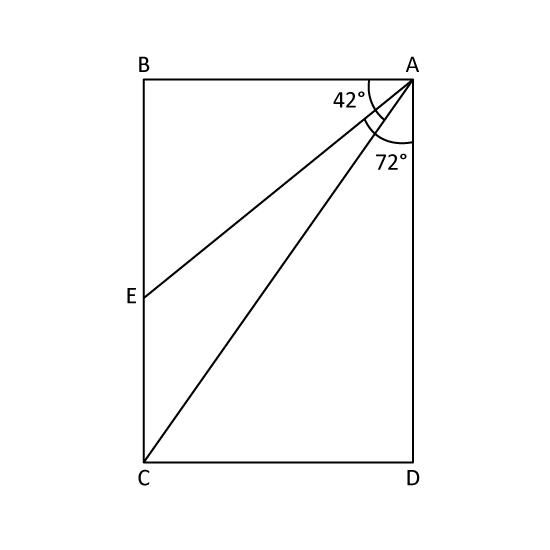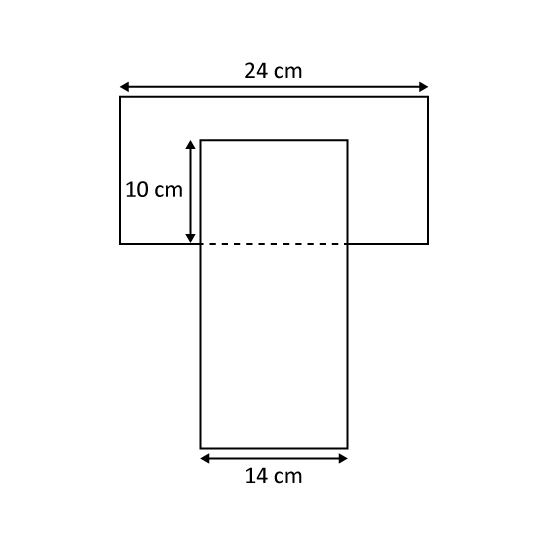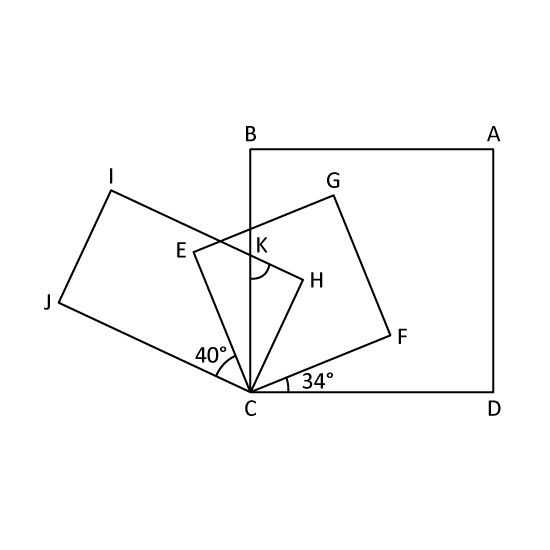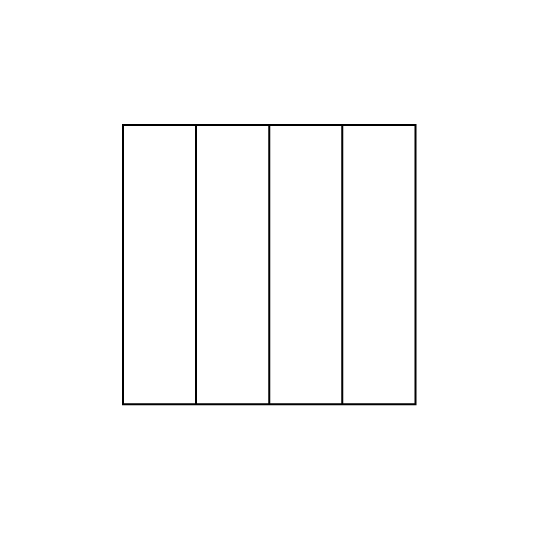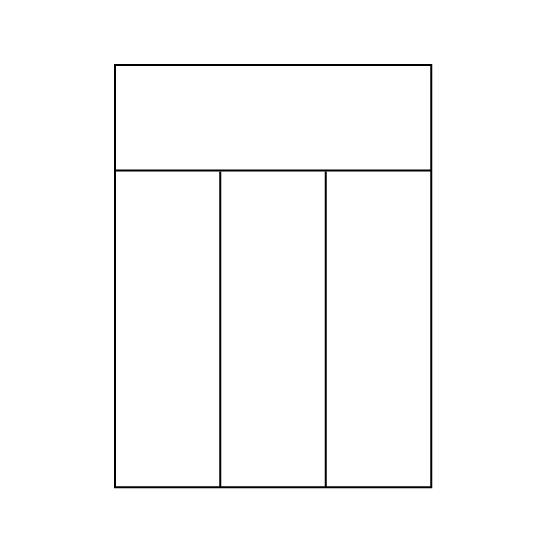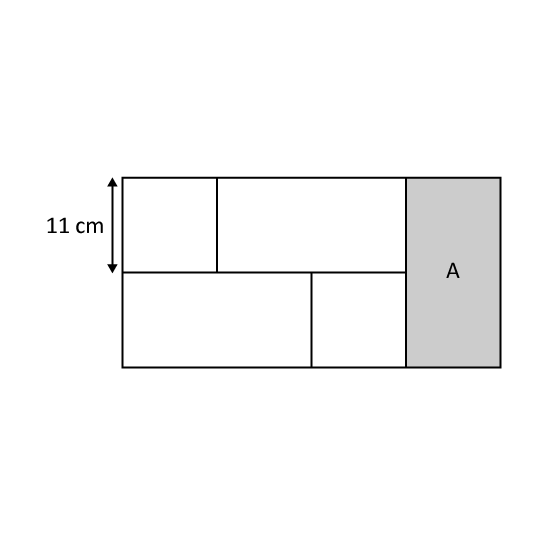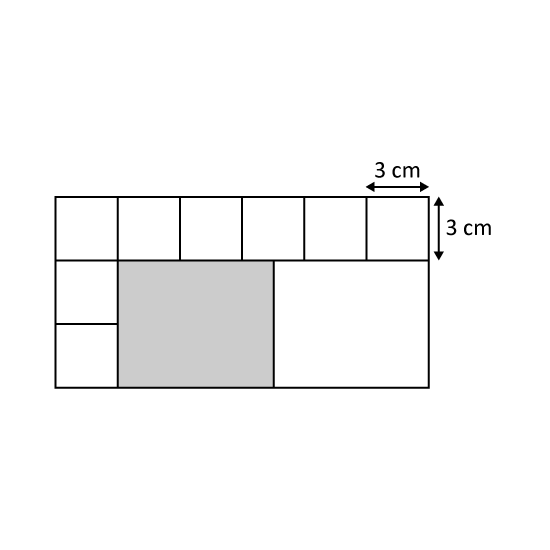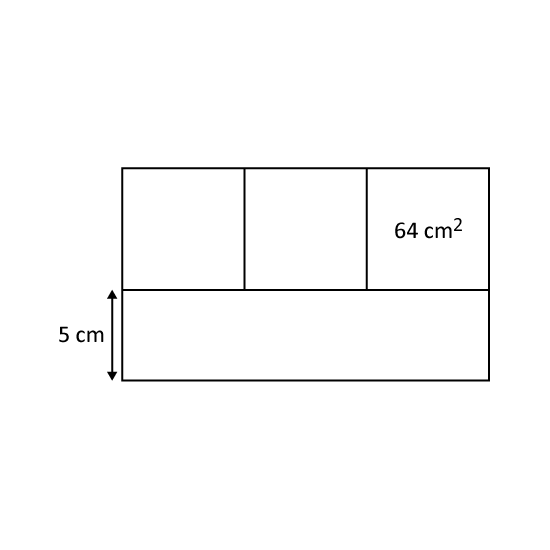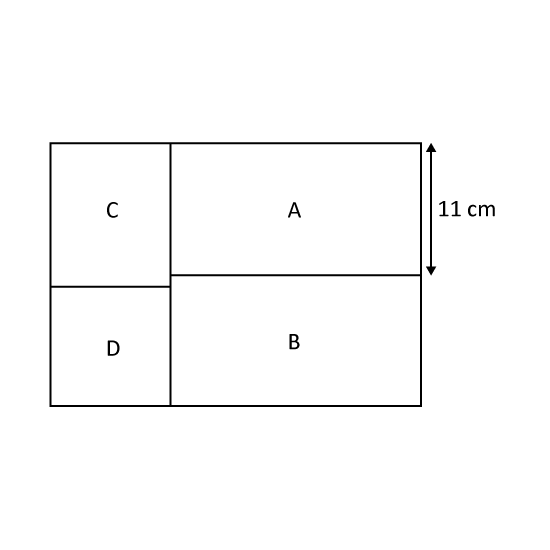Level 3
The diagrams show a rectangular cardboard X and a square Y.
Abel cut as many squares Y as he could from rectangular cardboard X.
The remaining part of the rectangular cardboard X is shown in Figure 1.
- What is the length of AB as shown in Figure 1?
- What is the greatest number of squares Y that Abe could cut from a rectangular cardboard X?
Level 3
The diagrams show a rectangular cardboard X and a square Y.
Abel cut as many squares Y as he could from rectangular cardboard X.
The remaining part of the rectangular cardboard X is shown in Figure 1.
- What is the length of AB as shown in Figure 1?
- What is the greatest number of squares Y that Abe could cut from a rectangular cardboard X?
Image in this question is not available.
Level 3
What is the maximum number of squares of side 4 cm that can be cut from a rectangle measuring 81 cm by 74 cm?
3 m
Image in this question is not available.
Level 3
The rectangular piece of wood shown in Figure 1 has a perimeter of 68 cm. Fatimah arranged 4 such rectangular pieces of wood to form a figure as shown in Figure 2.
- Find the length of the rectangular piece of wood.
- Find the shaded area in Figure 2.
Level 3
The rectangular piece of wood shown in Figure 1 has a perimeter of 68 cm. Fatimah arranged 4 such rectangular pieces of wood to form a figure as shown in Figure 2.
- Find the length of the rectangular piece of wood.
- Find the shaded area in Figure 2.
Image in this question is not available.
Level 3
Figures A and B are each made up of 3 identical rectangles. Both figures have the same area of 384 cm2 each. What is the perimeter of Figure B?
Level 3
Figures A and B are each made up of 3 identical rectangles. Both figures have the same area of 384 cm2 each. What is the perimeter of Figure B?
Image in this question is not available.
Level 3
Adrian wants to cut some 3-cm squares from a piece of rectangular paper shown. What is the greatest number of squares he can cut out?
Level 3
Adrian wants to cut some 3-cm squares from a piece of rectangular paper shown. What is the greatest number of squares he can cut out?
Image in this question is not available.
Level 3
The perimeter of this rectangular field is 700 m. It is subdivided into six identical rectangular enclosures as shown. What is the area of the rectangular field?
Level 3
The perimeter of this rectangular field is 700 m. It is subdivided into six identical rectangular enclosures as shown. What is the area of the rectangular field?
Image in this question is not available.
Level 3
A roll of wire can be bent to form a rectangle with designs within it of 3 cm width throughout (see given figure). The figure has a total area of 375 cm2. The breadth of the rectangle is 35 as long as its length. Find the area of the shaded parts.
Level 3
A roll of wire can be bent to form a rectangle with designs within it of 3 cm width throughout (see given figure). The figure has a total area of 375 cm2. The breadth of the rectangle is 35 as long as its length. Find the area of the shaded parts.
Image in this question is not available.
Level 3
The figure shows a square PQRS. SQUV is a rectangle. ∠SUV = 21°
- Name the line that is parallel with SQ.
- Find ∠RST.
- Find ∠QTS.
Level 3
The figure shows a square PQRS. SQUV is a rectangle. ∠SUV = 21°
- Name the line that is parallel with SQ.
- Find ∠RST.
- Find ∠QTS.
Image in this question is not available.
Level 3
Two rectangles of length 14 cm and breadth 10 cm, are placed one on top of the other to form a shape as shown. What is the area of the shape?
Level 3
Two rectangles of length 14 cm and breadth 10 cm, are placed one on top of the other to form a shape as shown. What is the area of the shape?
Image in this question is not available.
Level 3
The figure shows a rectangle ABCD. ∠BAC = 42° and ∠DAE = 72°.
- Name a line perpendicular to AD. Name a line perpendicular to $(A)$(D). Give your answer in letter. (Eg AB)
- Find ∠CAE.
- Find ∠ACE.
Level 3
The figure shows a rectangle ABCD. ∠BAC = 42° and ∠DAE = 72°.
- Name a line perpendicular to AD. Name a line perpendicular to $(A)$(D). Give your answer in letter. (Eg AB)
- Find ∠CAE.
- Find ∠ACE.
Image in this question is not available.
Level 3
The figure is made up of 2 identical rectangles partially overlapping each other. Find the perimeter of the figure.
Level 3
The figure is made up of 2 identical rectangles partially overlapping each other. Find the perimeter of the figure.
Image in this question is not available.
Level 3
The figure shows 2 squares ABCD and CEGF, and a rectangle HIJC. ∠DCF = 34° and ∠ECJ = 40°.
- Name the line that is perpendicular to FC.
- Find ∠BCH.
- Find ∠HKC.
Level 3
The figure shows 2 squares ABCD and CEGF, and a rectangle HIJC. ∠DCF = 34° and ∠ECJ = 40°.
- Name the line that is perpendicular to FC.
- Find ∠BCH.
- Find ∠HKC.
Image in this question is not available.
Level 3
A piece of paper had a length of 15 cm and breadth of 10 cm. Four identical squares with sides 2 cm were cut out from the corners as shown.
- What was the area of the paper before it was cut?
- What was the area of the paper after the four corners were cut?
Level 3
A piece of paper had a length of 15 cm and breadth of 10 cm. Four identical squares with sides 2 cm were cut out from the corners as shown.
- What was the area of the paper before it was cut?
- What was the area of the paper after the four corners were cut?
Image in this question is not available.
Level 3
Adam used 4 similar rectangular strips to form a square. If the perimeter of the square is 64 cm, what is the perimeter of a rectangular strip of paper?
Level 3
Adam used 4 similar rectangular strips to form a square. If the perimeter of the square is 64 cm, what is the perimeter of a rectangular strip of paper?
Image in this question is not available.
Level 3
The figure is formed using 4 identical rectangles. Its perimeter is 70 cm. Find its area.
Level 3
The figure is formed using 4 identical rectangles. Its perimeter is 70 cm. Find its area.
Image in this question is not available.
Level 3
Stanley used 3 similar rectangles and 2 similar squares to make the figure shown (not drawn to scale).
- Find the area of A.
- Find the area of the figure.
Level 3
Stanley used 3 similar rectangles and 2 similar squares to make the figure shown (not drawn to scale).
- Find the area of A.
- Find the area of the figure.
Image in this question is not available.
Level 3
The figure is made up of 8 identical 3 cm squares and 2 identical rectangles. Find the area of the shaded rectangle.
Level 3
The figure is made up of 8 identical 3 cm squares and 2 identical rectangles. Find the area of the shaded rectangle.
Image in this question is not available.
Level 3
The figure is made up of 3 identical squares and a rectangle. The area of each square is 64 cm2. The breadth of the rectangle is 5 cm. Find the perimeter of the figure.
Level 3
The figure is made up of 3 identical squares and a rectangle. The area of each square is 64 cm2. The breadth of the rectangle is 5 cm. Find the perimeter of the figure.
Image in this question is not available.
Level 3
The figure is made up of 3 rectangles A, B and C and square D. Rectangle A and Rectangle B are identical. Rectangle A has a breadth of 11 cm. The area of Square D is 81 cm2. What is the perimeter of Rectangle C?
Level 3
The figure is made up of 3 rectangles A, B and C and square D. Rectangle A and Rectangle B are identical. Rectangle A has a breadth of 11 cm. The area of Square D is 81 cm2. What is the perimeter of Rectangle C?
Image in this question is not available.
Level 2
Figure A is made up of 2 identical squares. Figure B has the same perimeter as Figure A. Find the length of one square in Figure A.
Level 2
Figure A is made up of 2 identical squares. Figure B has the same perimeter as Figure A. Find the length of one square in Figure A.
Image in this question is not available.
